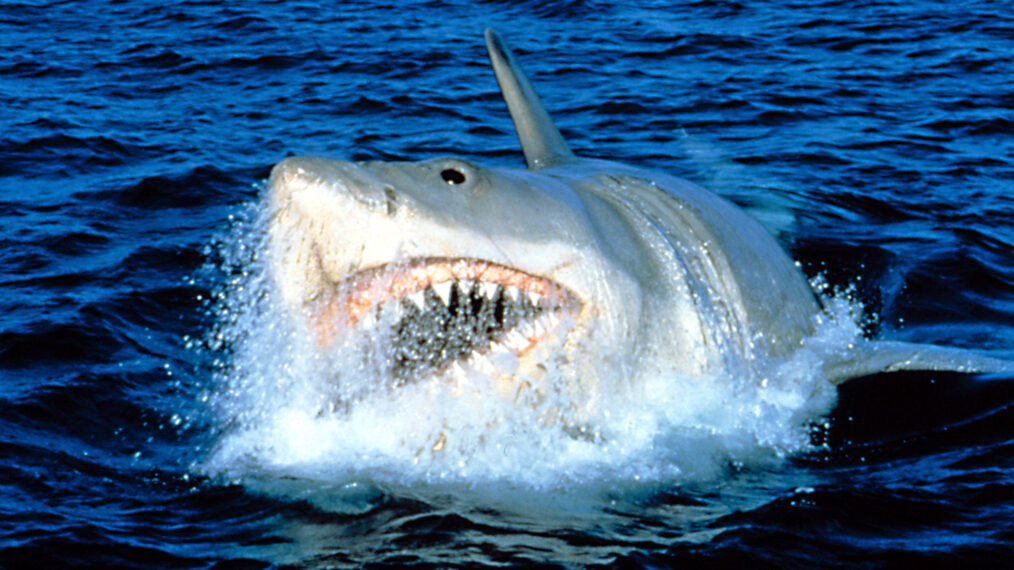Why ‘Jaws’ Almost Didn’t Get Made (It Wasn’t Just the Worst Place in the World to Shoot)
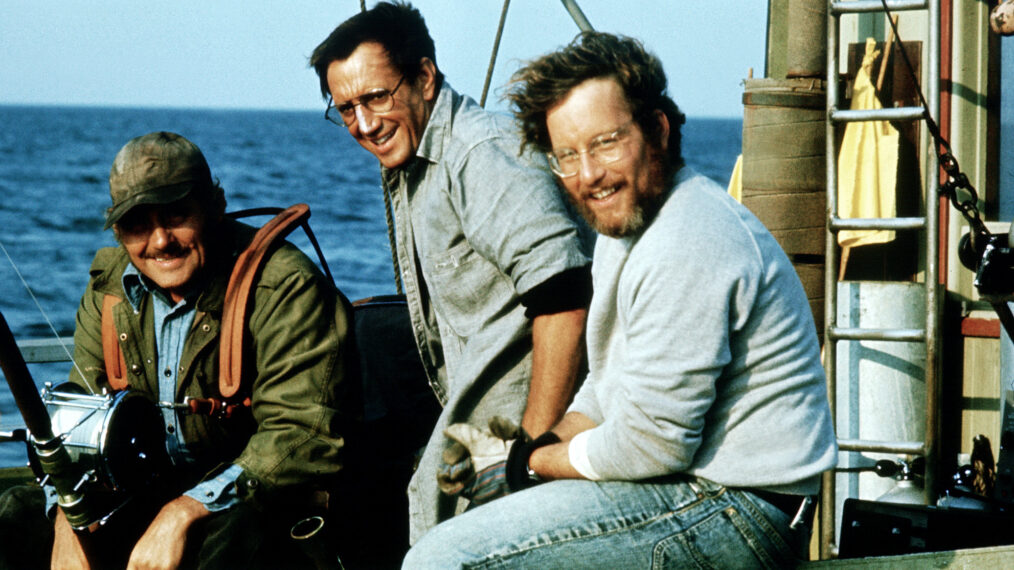
In the 49 years since its release, Jaws has become as much an American summertime tradition as cookouts, fireworks or forgetting to put on sunscreen at the beach. The film — the first film to gross over $100 million in U.S. theaters — turned Steven Spielberg into a household name, transformed summer into the busiest movie release season of the year and taught generations to think twice before taking a midnight skinny dip.
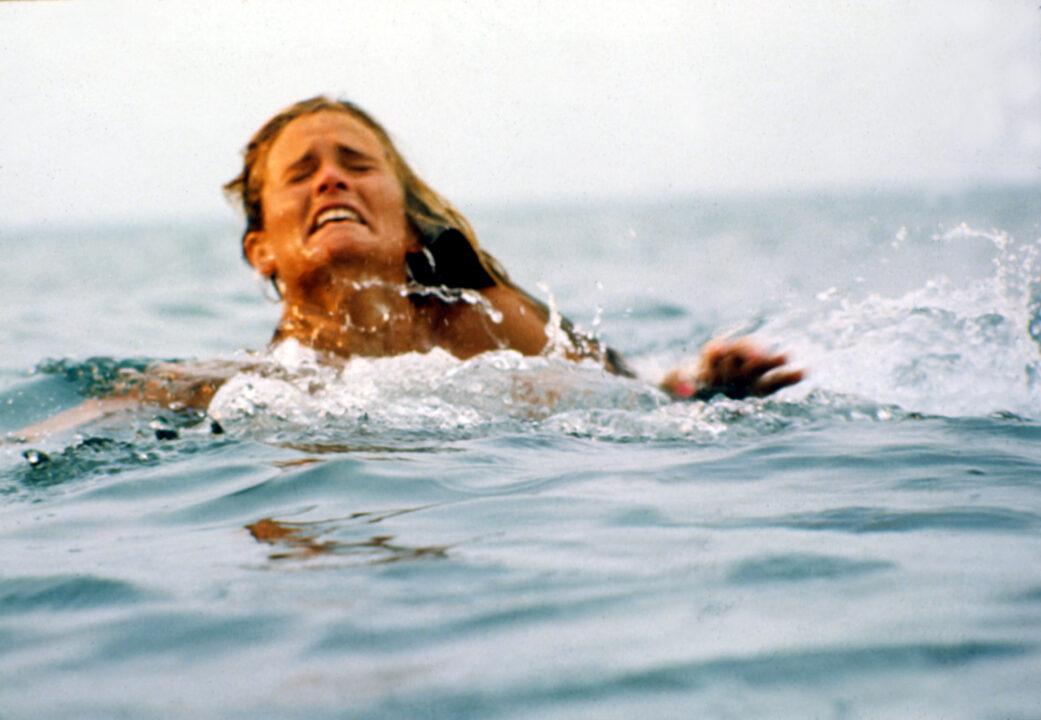
Courtesy of Everett Collection
But while few of us can imagine a world without Jaws, it’s actually something of a miracle that the film was ever completed. The production was besieged by choppy seas, dueling cast members, production delays, a ballooning budget and an inexperienced director who was often on the verge of being fired. Oh, and animatronic sharks that almost never worked.
“Making Jaws — still looking back, 30 years ago — was the toughest filmmaking production experience I’ve ever encountered,” Spielberg said in the 2007 documentary The Shark Is Still Working. “We must have been complete idiots.”
Let’s go back into the water and examine how the greatest summer movie of all time nearly didn’t happen.
Shooting At Sea Was Anything But Smooth Sailing

Everett Collection
Prior to Jaws, Spielberg had two credits to his name: the then-unreleased Sugarland Express, and 1971’s Duel, a made-for-TV movie about a man being stalked on the highway by a big rig truck. “I thought of Jaws as a sequel to Duel, only on water,” Spielberg told author Laurent Bouzereau in his 2023 book Spielberg: The First Ten Years. Spielberg got the job after the original Jaws director was dropped for repeatedly referring to the titular shark as a “white whale.”
Once hired, Spielberg laid out his vision for the film: Instead of using a water tank on a backlot, Jaws would be shot in the actual ocean — the first film ever to do so. This was the kind of innovative thinking that would turn Spielberg into a Hollywood powerhouse.

Everett Collection
It was also the source of most of the production’s troubles. To make it look as if the Orca was out on the open sea, the crew needed to shoot in a spot far from the shore. But to operate the equipment used to control the animatronic shark, they also needed to find a spot that only went 30 feet deep. The result? “The problem with shooting in the shallows 10 to 12 miles out to sea is that the shallows pile on the waves,” Spielberg told Entertainment Weekly in 2011. “You don’t get breaking waves out there, but you get some swells. So we picked the worst place in the world to shoot.”
A 1974 set report from local paper the Vineyard Gazette observed that ocean currents made shooting almost impossible: “Scenes would be all set up ready to go when a new current shifted the boats ever so slightly — but enough. Then all would have to be re-anchored, and by the time they were again ready to shoot, the sun would have moved.”
“I was only getting two shots on some days,” Spielberg noted in 2023.
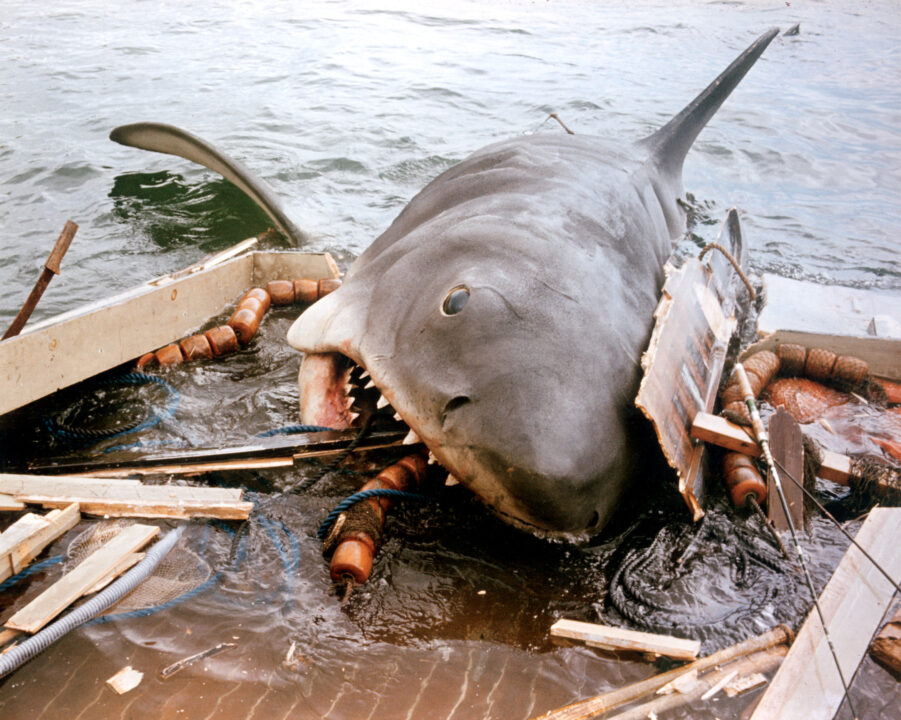
Everett Collection
Production involved a group of 16 boats — the Orca, lighting boats, camera boats, generator boats, storage boats, and boats that served as dressing rooms and break rooms. Cast and crew members hopped from boat to boat, periodically falling into the water by accident or becoming seasick. More serious problems also popped up. Spielberg recalled that early in shooting the ocean sequences, “a speedboat pulling the Orca went too fast and pulled out the planking from the haul — water rushed in, and the boat sank in about two minutes.” (The cameras were submerged, but the film shot was ultimately saved.)
>>Retro Nightmare Fuel: ‘The Pier Incident’ Is the Scariest Scene in ‘Jaws’
“The Shark Is Not Working”
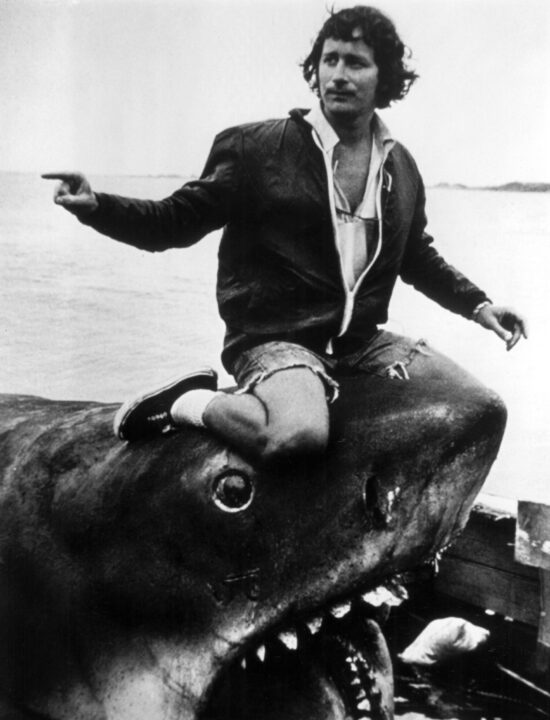
Everett Collection
If you know just one thing about the making of Jaws, it’s likely that “Bruce” — the joint name for the three animatronic sharks used in the film — almost never functioned correctly. Designed to be used in freshwater, exposure to salt water caused them to malfunction and decay. As Richard Dreyfuss recalled on a 2017 episode of The Rachael Ray Show, crew on walkie talkies would shout “The shark is not working” whenever it broke down, and “the shark never worked.”
But maybe it wasn’t just all that salt water causing problems. In 2024, Jeffrey Voorhees, who played shark victim Alex Kintner, revealed to SyFyWire that he and other area children used to break into the warehouse where the shark was stored at night and roughly play with the faux sea creature.
>>For Over 40 Years, I’ve Wanted to Play That Cool-Looking ‘Killer Shark’ Arcade Game Briefly Seen in ‘Jaws’
The Schedule And ‘Jaws’ Budget Blew Up To Great White Size
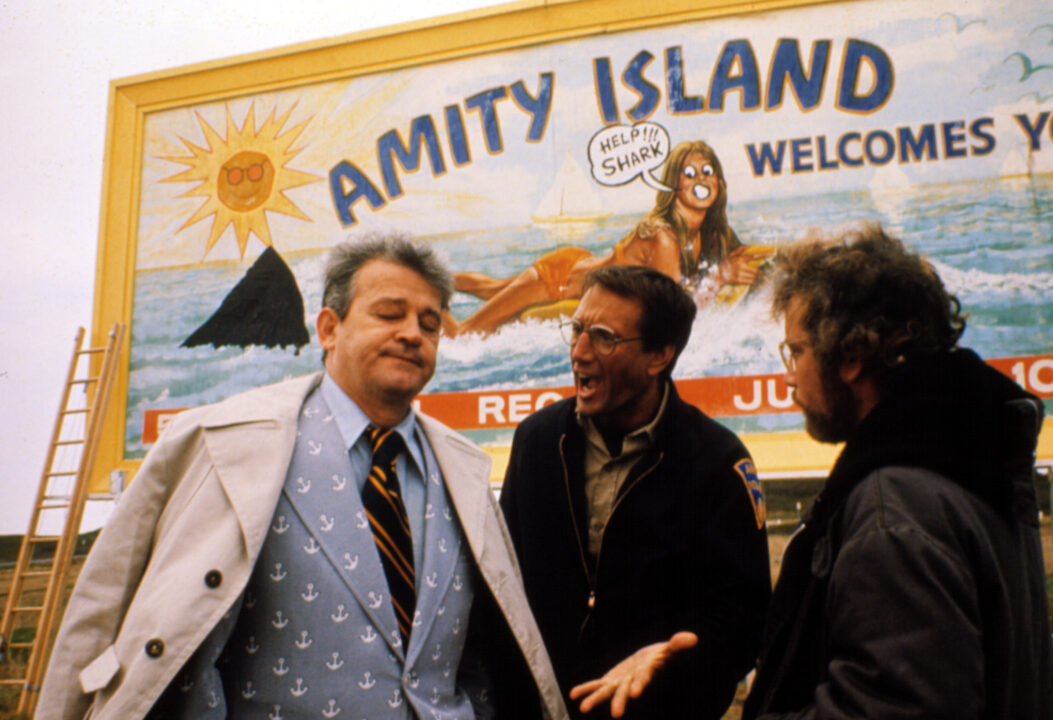
Everett Collection
Given the challenges of shooting at sea, it’s probably no shock that the production schedule and Jaws budget quickly grew out of control. Originally budgeted at $4 million, the film’s production ended up costing between $9 and $12 million, depending on sources. The planned 55-day shoot ended up running 159 days, going from May through October of 1974.
Locals were also unamused by the long shoot — at one point, town residents allegedly pelted Spielberg’s rented cottage with fish guts.
The Stars Clashed
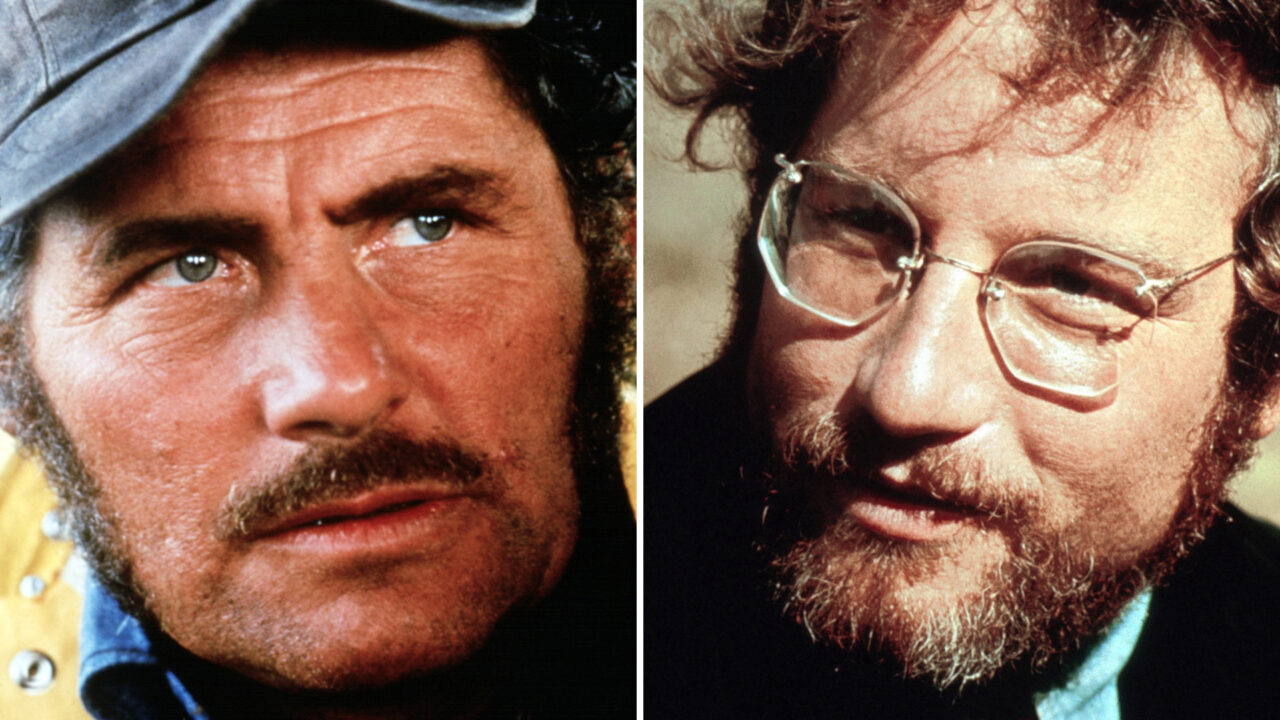
Everett Collection
Tales of the dispute between stars Robert Shaw and Richard Dreyfuss are legendary. In fact, they even inspired a 2023 Broadway play called The Shark Is Broken, starring Shaw’s son Ian.
“[Shaw] really thought Dreyfuss needed a slapping down,” Roy Scheider noted in The Shark Is Still Working — a state of affairs that led to Shaw baiting Dreyfuss into performing tasks where Dreyfuss inevitably failed, like diving off the Orca or participating in a push-up contest. Dreyfuss threw a glass of Shaw’s bourbon overboard; Shaw responded by soaking Dreyfuss with a hose.
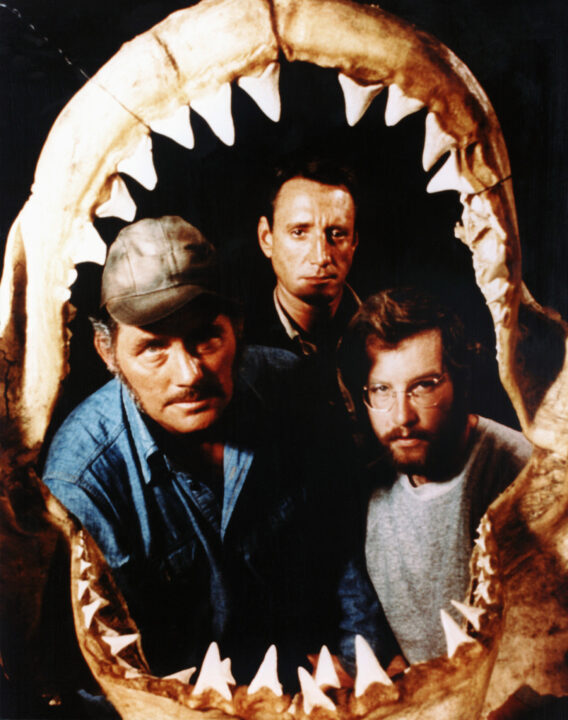
Everett Collection
“[Robert Shaw] and [Richard] Dreyfuss had a real mano a mano relationship throughout the entire production,” Spielberg told Entertainment Weekly. “We started adding scenes based on how Robert and Richard were behind the scenes. Dreyfuss’ squeezing of the Styrofoam cup in answer to Shaw’s squeezing of the beer can was something that actually happened.”
In The Shark Is Still Working, Dreyfuss described Shaw as “bigger than life … a man who intimidated me, who scared me, who exhilarated me, and I liked him, and I hated him … he had my number. He could get me, and he always did.” (In 2023, Dreyfuss told Vanity Fair that claims of his feud with Shaw were overblown.)
>>Remembering ‘Jaws’ Actress Susan Backlinie
Spielberg’s Career Was Almost Finished
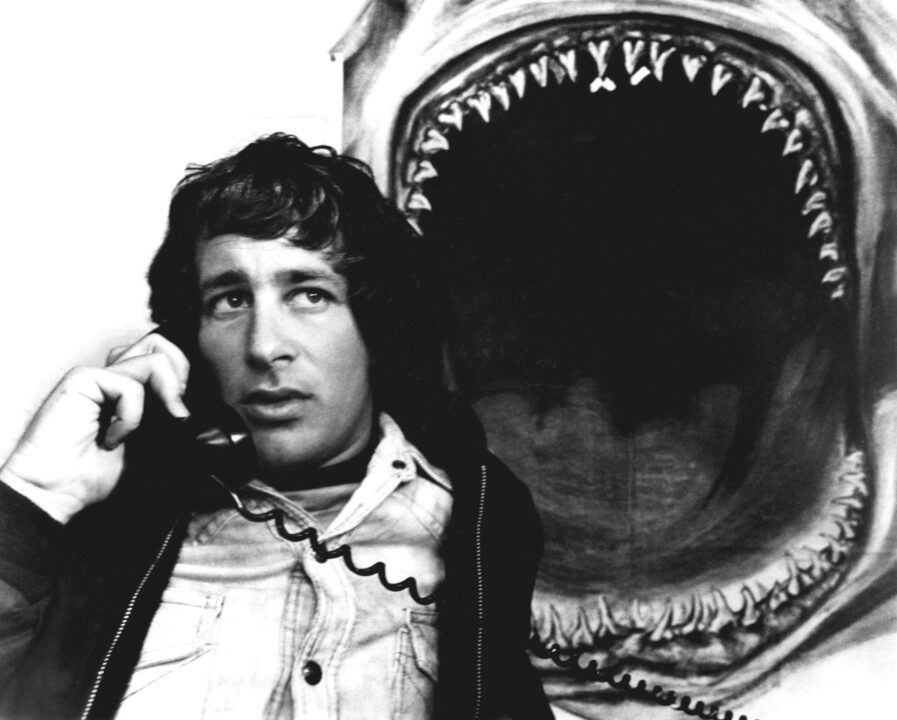
Everett Collection
Unsurprisingly, the film’s producers were not thrilled by the way things were going on set. According to Spielberg, they regularly asked, “’Is there anything you can do with the script, with the schedule, to avert a shutdown?’ And I didn’t have anything to do, because I couldn’t cut the script. I couldn’t cut the third act out of Jaws!” Universal Studios executive Sid Sheinberg repeatedly prevented the young director from getting the boot.
“Whenever I talked about the possibility of me being fired or the show being shut down, most of the crew was happy about it — this wasn’t a labor of love for anybody. This was a physically impossible chore and people wanted to go home,” Spielberg recalled to Laurent Bouzereau. In fact, Spielberg did go home early — when the famous shot of the shark exploding was filmed, Spielberg was already on a plane back to L.A. (According to Dreyfuss, Spielberg left early because he feared that the crew was so enraged, they’d toss him into the ocean after he completed the final shot.)
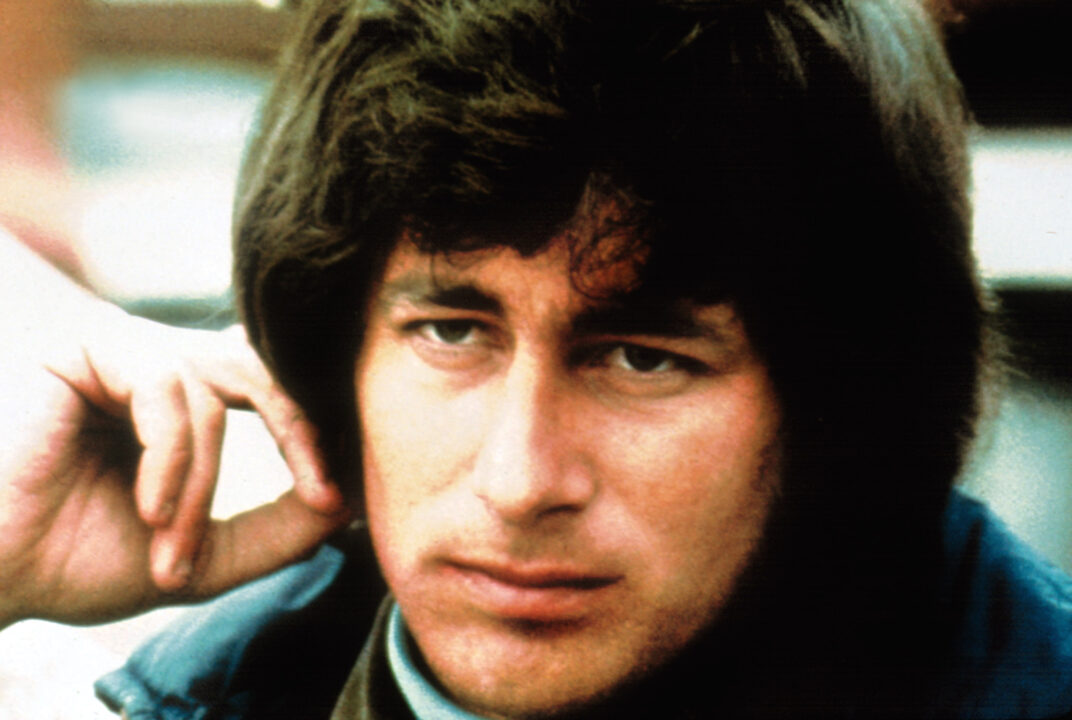
Everett Collection
“Yet I never wanted to quit,” Spielberg said. “Ever. I had terrible, despairing days where I could see nobody hiring me again, and I could imagine Jaws being my last studio movie. … Basically, I didn’t have much hope for any longevity for my career, but I wanted to finish Jaws because I had never stopped believing in the movie.”
And it turns out, he was right. Like Hopper and Brody, the crew triumphed against impossible odds in the end. As production executive William S. Gilmore Jr. said in The Shark Is Still Working, “We struggled like mad, but the end justified the means.”

Summer Fun
July 2022
Take a look back to the summer nights when you were young, so full of adventure and possibility.
Buy This Issue
